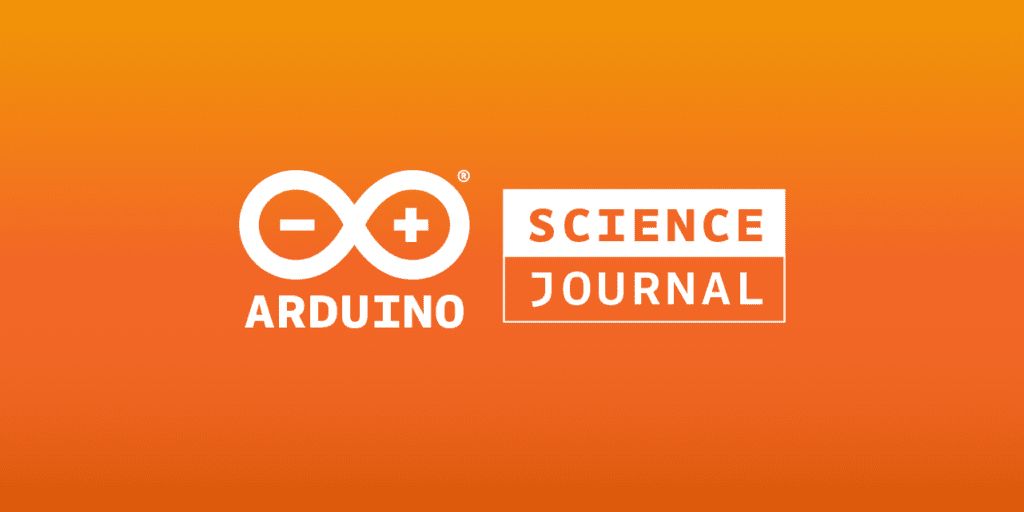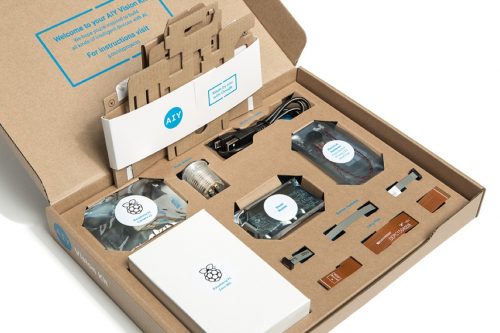Schlagwort: google
-

The Science Journal is graduating from Google — coming to Arduino this fall!
Reading Time: 2 minutesThis post was written by Valentina Chinnici, Arduino Product Manager. Arduino and Google are excited to announce that the Science Journal app will be transferring from Google to Arduino this September! Arduino’s existing experience with the Science Journal and a long-standing commitment to open source and hands-on science has been crucial to…
-

Unleash Your Creativity in Tilt Brush, Available Today for PS VR
Reading Time: 3 minutesFor years you’ve all been asking for it, and today I’m very happy to announce that Tilt Brush is available for PlayStation VR! We’ve teamed up with the excellent folks over at Outerloop Games, creators of Falcon Age, to bring the full Tilt Brush experience to your PlayStation. The team at Outerloop…
-

Kooperation zwischen Google und Labster bringt VR-Labore für MINT-Student/innen
—
von
Reading Time: 2 minutesEine neue Partnerschaft zwischen Google und Labster sorgt zukünftig für den Zugang zu virtuellen Laboren für MINT-Student/innen und Schüler/innen per Daydream oder Lenovo Mirage Solo. Die VR-Lerneinrichtungen sind mit dem nötigen Equipment für Biologie, Chemie und weitere naturwissenschaftliche Fächer ausgestattet und ermöglichen somit das Sammeln von Praxiserfahrung für die Lernenden. Google und…
-

Invent new sounds with Google’s NSynth Super
Reading Time: 3 minutesDiscover new sounds and explore the role of machine learning in music production and sound research with the NSynth Super, an ongoing project from Google’s Magenta research team that you can build at home. Google Open NSynth Super Testing Uploaded by AB Open on 2018-04-17. What is the NSynth Super? Part of the ongoing Magenta…
-

AIY Projects 2: Google’s AIY Projects Kits get an upgrade
Reading Time: 3 minutesAfter the outstanding success of their AIY Projects Voice and Vision Kits, Google has announced the release of upgraded kits, complete with Raspberry Pi Zero WH, Camera Module, and preloaded SD card. Google’s AIY Projects Kits Google launched the AIY Projects Voice Kit last year, first as a cover gift with The…
-

Pokemon Go Developer Edition – Mewtu, Artucino Inside Verison POKEMON GO JAILBREAK!
Reading Time: < 1 minutePokemon Go Developer Edition – Mewtu Inside Verison We do not host any of these Files. Follow the Link for more Information!! Multiple screenshots by different people have been provided and that Articuno at the gym IS real. It has been taken over by yellow at the moment and is being…
-

Disney and Google launched ‚Star Wars‘ in virtual reality!
Reading Time: 2 minutesHier die Presse Meldung von Disney: Disney announced today that in an unprecedented collaboration with Google, Star Wars fans will have an opportunity to share in immersive experiences — Awaken the Force Within and Google Cardboard Virtual Reality — in celebration of Lucasfilm’s Star Wars: The Force Awakens. Awaken the Force Within, a global program, starts…
-

KODI hat es in den Google App Store geschafft! Vorher bekannt als XBMC
Reading Time: 2 minutesKodi™ media center, formerly known as XBMC™ Media Center, is an award-winning free and open source cross-platform software media player and entertainment hub for digital media for HTPCs (Home theater PCs). It uses a 10-foot user interface designed to be a media player for the living-room, using a remote control as the…
-

57-Year-Old Google Executive Jumps from Edge of Space!
Reading Time: < 1 minuteSets New World Record! Alan Eustace, a 57-year-old senior vice president of Knowledge at Google, was lifted up to the edge of space earlier this morning by a balloon filled with 35,000 cubic feet of helium, from an abandoned runway at an airport in New Mexico. He fell faster than the…
-

Apple and Google „Dog Fight“
Reading Time: < 1 minuteNov. 15 – The Breakingviews crew is joined by Fred Vogelstein, author of a new book on how the two tech giants are battling over dominance of a market that goes well beyond consumer gadgets. Official Source: http://www.reuters.com/video/2013/11/15/reuters-tv-breakingviews-apple-and-google-dog-fight?videoId=274542330&videoChannel=117766
-

Project Shield & uProxy unveiled – Using Google’s infrastructure to protect freedom of expression
Reading Time: < 1 minuteProject Shield is an initiative to use Google’s infrastructure to protect free expression online. The service currently combines Google’s DDoS mitigation technologies and Page Speed Service (PSS), which allow websites to serve their content through Google to be better protected from DDoS attacks. SIGN-UP for Project Shield: http://projectshield.withgoogle.com/ The service is currently…
-

Google Turns 15: Tony Hawk Gives 15 Inverts to Google
Reading Time: < 1 minuteTony Hawk gives 15 inverts to Google for their 15th Birthday. Music By: Plateaus „Hot Air Head“ Plateausband.bandcamp.com http://www.youtube.com/watch?feature=share&list=UUX9_Ks1MXuwXCmtt0fOFsxA&v=mBdDezyd7bg&desktop_uri=%2Fwatch%3Fv%3DmBdDezyd7bg%26feature%3Dshare%26list%3DUUX9_Ks1MXuwXCmtt0fOFsxA&app=desktop
-

Google Glass no longer requires tethering plan for smartphone data sharing
Reading Time: < 1 minuteAn Explorer Edition of Glass is already a pricey piece of tech, and smartphone tethering plans required to give it a mobile Internet connection have only made ownership that much more expensive. However, there’s good news for Google’s guinea pigs: the latest update to the headgear quietly implemented a way around the additional monthly fees. With…













